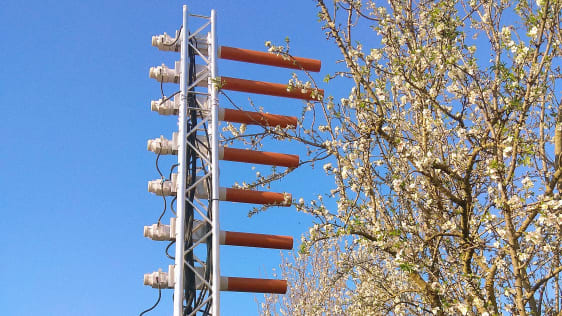des . 06, 2024 20:00 Back to list
high quality pollen used for pollination in apple orchards
High-Quality Pollen Used for Pollination in Apple Orchards
Pollination is a critical process in the life cycle of apple trees, directly affecting fruit quality and yield. One of the foremost factors influencing successful pollination is the quality of pollen used. In apple orchards, the use of high-quality pollen is essential for ensuring that the flowers are effectively fertilized, leading to healthy fruit development. This article explores the significance of high-quality pollen in apple orchards, its sources, and best practices for successful pollination.
The Importance of Pollen Quality
High-quality pollen plays a vital role in the sexual reproduction of apple trees. When an apple blossom is pollinated, pollen grains transfer from the male anthers to the female stigma, initiating fertilization. High-quality pollen has better viability and germination rates, which are crucial for creating a strong fertilization process. Pollen from healthy plants tends to carry robust genetic material, allowing for better fruit development and taste quality.
The use of high-quality pollen leads to several benefits in apple production. Firstly, it enhances fruit set, which means more apples are produced per tree. Secondly, it can improve the overall quality of the apples, making them larger, more attractive, and tastier. Additionally, fruits produced from well-pollinated flowers tend to have a reduced incidence of physiological disorders, leading to fewer losses during harvest and storage.
Sources of High-Quality Pollen
Apple orchards rely on various sources for high-quality pollen. The most common sources include
1. Compatible Apple Varieties Different apple varieties have different blooming times. Planting a variety of compatible apple trees in close proximity ensures that there is a diverse pool of high-quality pollen available when flowers bloom. It is crucial that the varieties chosen can cross-pollinate effectively to reap the benefits of diverse genetic input.
2. Bee Pollination Bees are one of the most efficient natural pollinators for apple trees. They collect pollen and nectar from the blossoms, facilitating cross-pollination. Ensuring a healthy bee population in the orchard is essential. Farmers can enhance bee activity by providing habitats and minimizing pesticide use during flowering seasons.
3. Controlled Pollination In some cases, orchardists may utilize controlled pollination methods, such as introducing pollen from specially selected high-yield varieties. This approach ensures that the pollen used for fertilization is of the highest possible quality, although it requires careful planning and management.
high quality pollen used for pollination in apple orchards

Best Practices for High-Quality Pollination
To maximize the benefits of high-quality pollen in apple orchards, orchardists can adopt several best practices
1. Selecting Quality Varieties Understanding the flowering patterns and compatibility of various apple tree varieties can help ensure optimal pollination. Selecting varieties that bloom simultaneously enhances the chances of effective cross-pollination.
2. Monitoring Pollen Viability Orchardists should monitor the viability of pollen through simple tests, such as checking for germination rates. This can help in selecting the best pollen for pollination sessions.
3. Creating Pollinator-Friendly Environments Maintaining a healthy ecosystem that supports bees and other pollinators is crucial. This can include planting wildflowers, minimizing insecticide use, and providing suitable nesting sites for pollinators.
4. Ensuring Optimal Conditions During Bloom Weather conditions can significantly affect pollination. Ensuring that trees receive adequate moisture and nutrients leading up to and during the flowering period can enhance flower quality and pollen viability.
5. Timing of Pollination Proper timing is critical for successful pollination. Orchardists should be aware of the peak bloom periods of their trees and plan for pollination actions accordingly, either through natural means or by assisting the process.
Conclusion
In conclusion, the use of high-quality pollen in apple orchards is indispensable for achieving optimal fruit set and excellent quality apples. By understanding the importance of pollen quality, selecting appropriate varieties, and adopting best management practices, orchardists can enhance their production and ensure a bountiful harvest. Promoting a healthy ecosystem for pollinators and carefully managing orchard environments will ultimately contribute to successful pollination and a thriving apple industry. As the demand for high-quality apples continues to rise, the focus on pollen quality in apple orchards will remain a critical aspect of sustainable and productive agriculture.
-
Pollen Peach Tree for Pure Pollination and High-Quality Peach Pollen
NewsJul.30,2025
-
Premium Cherry Pollen for Pure Pollination & Different Types
NewsJul.30,2025
-
Artificial Pollination Solutions for Various Plant Pollen Types
NewsJul.29,2025
-
Artificial Pollination Solutions for All Plant Pollen Types
NewsJul.29,2025
-
Premium Plant Pollen for Pure Pollination & Pollen Block Solutions
NewsJul.29,2025
-
Artificial Pollination Solutions for Efficient Crop Yields
NewsJul.28,2025